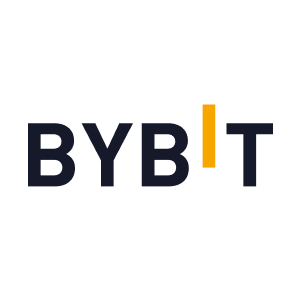Osmosis OSMO
Report Issue
Sentiment
Bearish 
Fundraising Statistics
 OSMOOsmosis
OSMOOsmosis
 USDCUSD Coin
USDCUSD Coin
Short Review Osmosis
Crypto project Osmosis (OSMO) is classified as a DeFi. Osmosis is a Utility token that is hosted on the Cosmos Network. The current total supply is 1.00 B OSMO (Circulating Supply + Tokens yet to be released - Burned Tokens). A total of 50.00 M OSMO (5.00% of total tokens) have been allocated for the public sale. The level of social activity of the Osmosis project is assessed as Medium.
Osmosis ICO Overview
Estimated date for the public token sale: 19 February 2021. (OSMO)
OSMO Price Chart
The launch of OSMO token trading took place on 28 June 2021.
Fundraising Rounds
Total sold 50.00 M OSMO tokens (0.05% of total tokens). Total amount of funds raised by the Osmosis project is $21.00 M.
| Investment Round | Date | Price | Funds Raised |
| Venture Round | October 2021 | -- | $21.00 M |
| Community Airdrop | February 19, 2021 | -- | -- |
Osmosis Investors
 Paradigm Tier 1
Paradigm Tier 1 Robot Ventures Tier 2
Robot Ventures Tier 2 Nascent Tier 3
Nascent Tier 3Osmosis (OSMO) cryptocurrency
Osmosis is DEX (decentralized exchange) created to work with Cosmos. In this ecosystem, developers can create blockchain applications that are interconnected through the Inter-Blockchain Communication (IBC) protocol. The Osmosis platform has its own token called OSMO.
Osmosis is a Proof-of-Stake blockchain and automatic market maker (AMM) protocol. The main goal of the project is to improve and expand the use of AMMs in the Cosmos ecosystem by providing the ability to customize their parameters. Thus, they offer AMM with a customizable curve, dynamic swap fee adjustment, and other features.
It uses a liquidity pool system that allows clients to quickly transact, provide liquidity, and earn rewards. In addition, they receive a portion of trading commissions as well as newly issued tokens. Moreover, Osmosis allows clients to stake their reward tokens on the platform.
A unique feature of the platform is universal staking. Unlike other AMMs where users choose whether they want to stake tokens or provide liquidity, Osmosis clients can do both at the same time. However, not all pools are universal. However, this unique betting system not only brings more profit to users, but also improves the security of the blockchain.
Another interesting feature of Osmosis is that the project strives to provide its clients with as much sovereignty and independence as possible. They can create new liquidity pools and change their parameters (rates, rewards, fees, etc.) through voting. This is done so that LPs can make the pools more competitive. OSMO owners vote on general issues important to the project. For example, users decide which liquidity pools should receive rewards.
Osmosis's competitive model also allows users to receive additional rewards directly from other projects thanks to the built-in rewards module. It encourages the provision of liquidity by allowing the tokens of these projects to be distributed to users in the pool.
Launch of the Osmosis project (OSMO)
The project was created by Osmosis Labs. It was first announced in 2020 and launched the following year by developers Sunny Aggarwal and Josh Lee.
From the very beginning, Osmosis' two core values have been heterogeneity (highly customizable and competitive) and sovereignty (user independence and voting dominance). These principles can still be seen in all aspects of the project.
In the future, Osmosis has ambitious plans to expand to other networks (based on Ethereum and others).
Benefits of Osmosis (OSMO)
- Innovative staking allows users to stake their tokens and provide liquidity at the same time, so they receive greater rewards.
- Osmosis is a common decentralized exchange in the Cosmos system, which means more diversity in terms of token availability.
- Liquidity pool system allows for fast and cheap transactions.
Disadvantages of Osmosis (OSMO)
The number of available tokens is currently very limited. For example, users cannot exchange BTC or ETH.


 ByBit
ByBit  Gate
Gate  Score
Score 